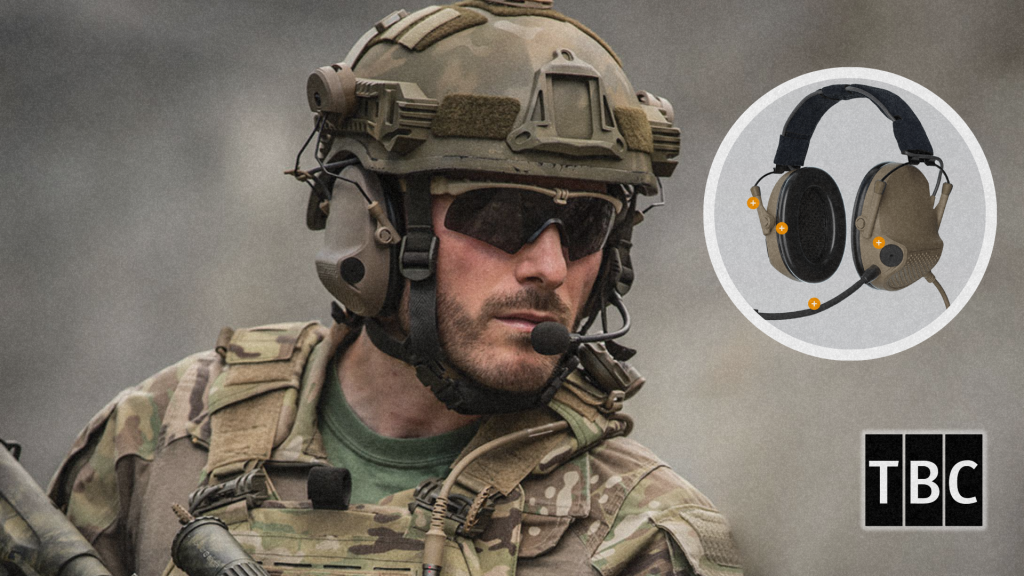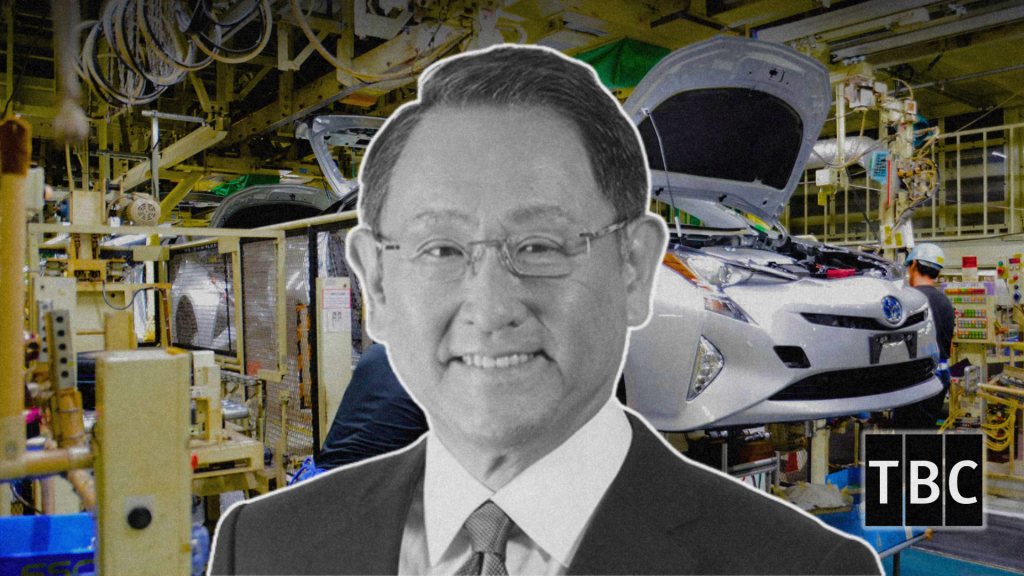
The global commercial aviation and military headset market size is estimated to grow by USD 305.9 million from 2024-2028, according to Technavio. The market is estimated to grow at a CAGR of over 5.56% during the forecast period. Emphasis on better battlefield communications is driving market growth, with a trend towards advent of bone conduction communication systems.
However, concerns related to durability of headsets poses a challenge. Key market players include 3M Co., Bose Corp., Clarity Aloft, David Clark Co., Faro Aviation, Flightcom Corp., GBH headsets, HP Inc., Imtradex Hor and sprechsysteme GmbH, INVISIO AB, Lightspeed Aviation, MicroAvionics UK Ltd, Pilot Communications USA, Radial Avcomm LLC, Safariland LLC, Samsung Electronics Co. Ltd., Savox Communications, Sonova AG, Television Equipment Associates Inc., and Titan Communication Systems.
Bone conduction communication systems are revolutionizing the commercial aviation and military headset market. These devices enable effective two-way communication in noisy environments, using vibrations transmitted through the skull bone. They offer improved sound quality, deal with background noise, and operate in extreme weather conditions.
Placed at the jawbone-ear canal junction, they ensure comfort, high voice clarity, and low leakage. Crucial for modern soldier programs, they enable communication in stealth operations and are operational with face coverings. Their benefits include enhanced military capabilities and growth in the global market during the forecast period.
The Commercial Aviation and Military Headset market have seen significant advancements in technology. Active noise cancellation and microphones are common features in modern headsets. Passive noise reduction and comfort are essential for commercial aviation applications. Comfort and durability are crucial for military headsets, with cockpit and communication requirements.
Traffic and radio frequencies are key considerations for both markets. Passive and active systems are used to minimize external noise. Companies focus on providing lightweight and efficient solutions for pilots and military personnel. The market is expected to grow with increasing demand for advanced communication systems in aviation and defense sectors.
The commercial aviation and military headset market encompasses various applications in the aviation industry, including crew in cockpits of commercial airlines and defense services. Aviation headsets are essential tools for pilots and co-pilots, enabling clear communication with cabin staff, air traffic control, and other aircraft via radio frequency. Aviation schools train future pilots using these headsets, ensuring they are prepared for the demands of commercial aviation and military aviation.
Headsets come in various forms, such as on-ear, in-ear, wired, and wireless, with features like Active Noise Cancellation and Passive Noise Cancellation enhancing user experience. Tier-1 suppliers play a crucial role in aircraft deliveries, providing headsets to meet the passenger traffic demands of commercial airlines and the operational needs of military aviation.
The aviation industry’s growth, driven by aircraft deliveries and increasing passenger traffic, fuels the market’s expansion. Planes, pilots, and aviation headsets are integral components of this dynamic sector.





Leave a comment